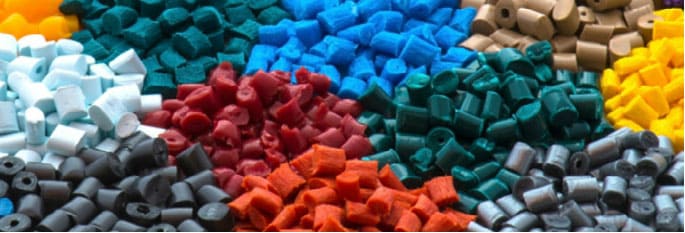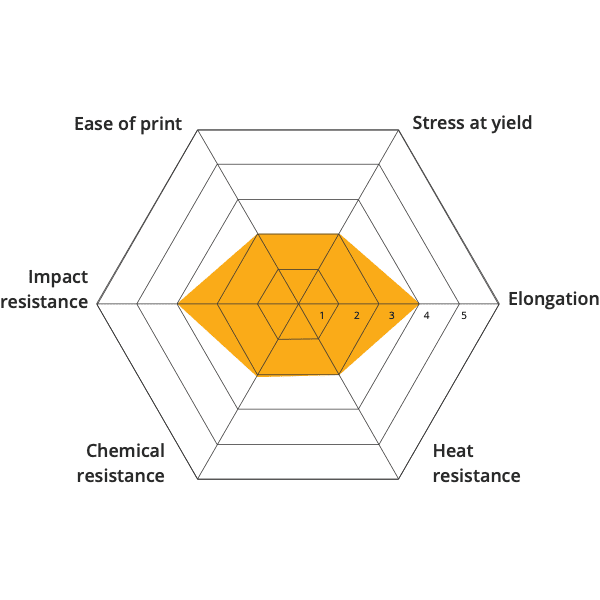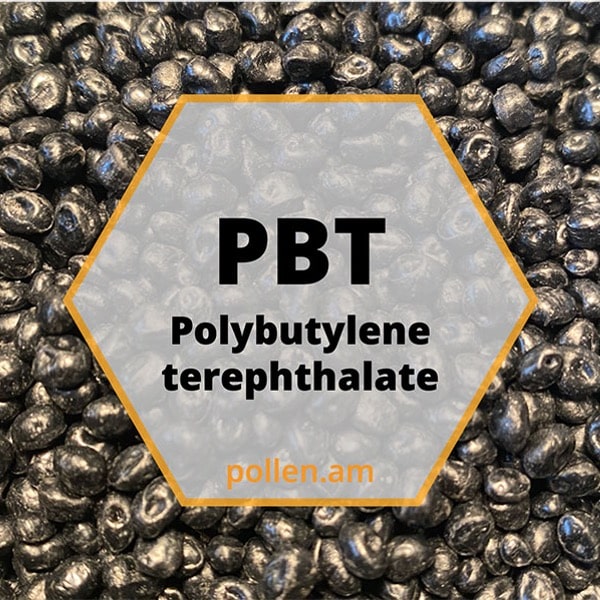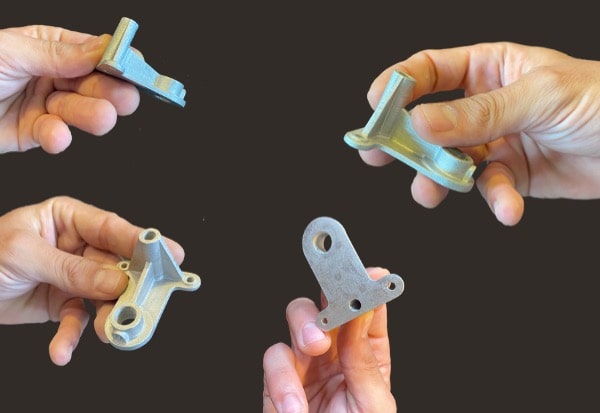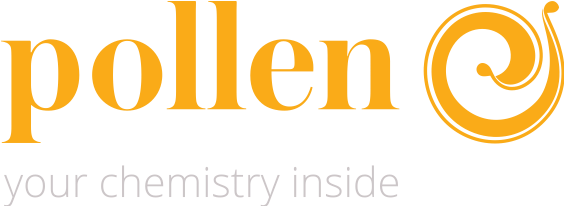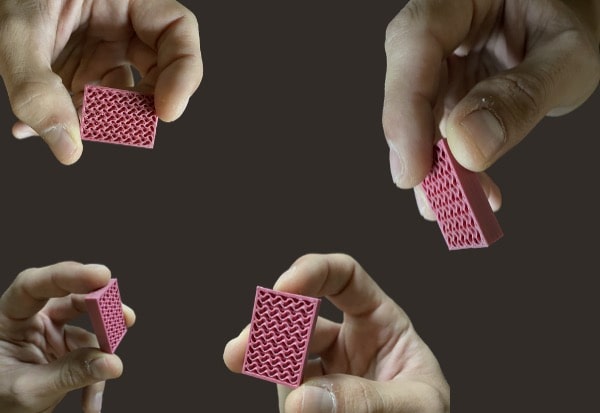
PBT - Polybutylene terephthalate
Polybutylene terephthalate (PBT) belongs to the family of polyester. This semi-crystalline polymer has good electrical insulating properties, excellent heat resistance, good resistance to chemical agents. It is imperative to dry the material properly before processing.
Widely used in applications with thermal and electrical constraints (contactor boxes, switches), in household appliances, etc.
Main 3D printing parameters
| Advised nozzles | Brass 0.25 | 0.4 | 0.6 | 0.8 | 1.0 | 1.2 mm |
| Printing temperatures | 175 - 190°C |
| Buildplate substrate | PEI film | Adhesive helper |
| Builplate temperature | 50 - 65°C |
Let’s dive into the possibilities offered by PAM
From pellets to object, PAM technology offers the most direct process to high performances end-parts.
Metals Ceramics Commodity Elastomers Performance High Performance.

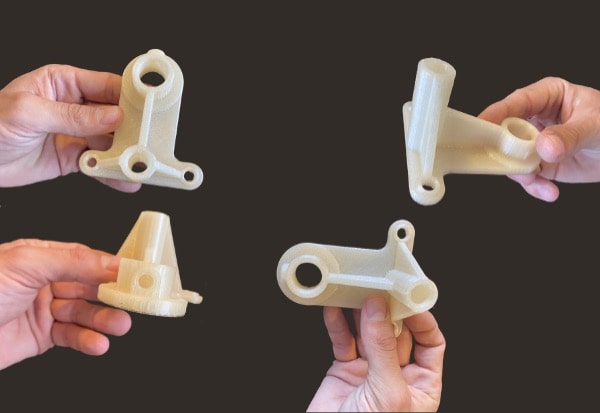
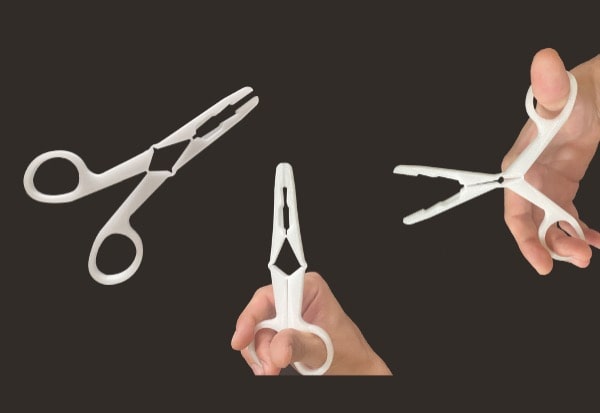
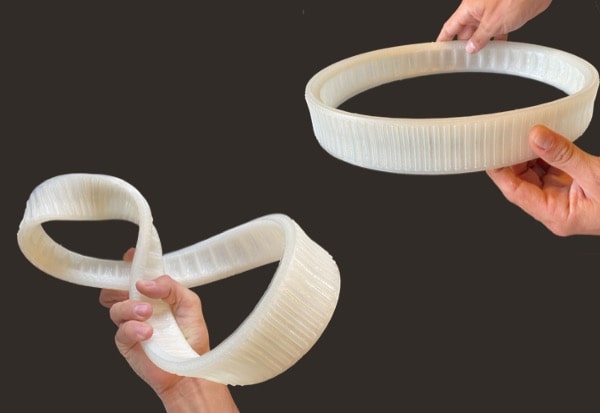



 Français
Français
